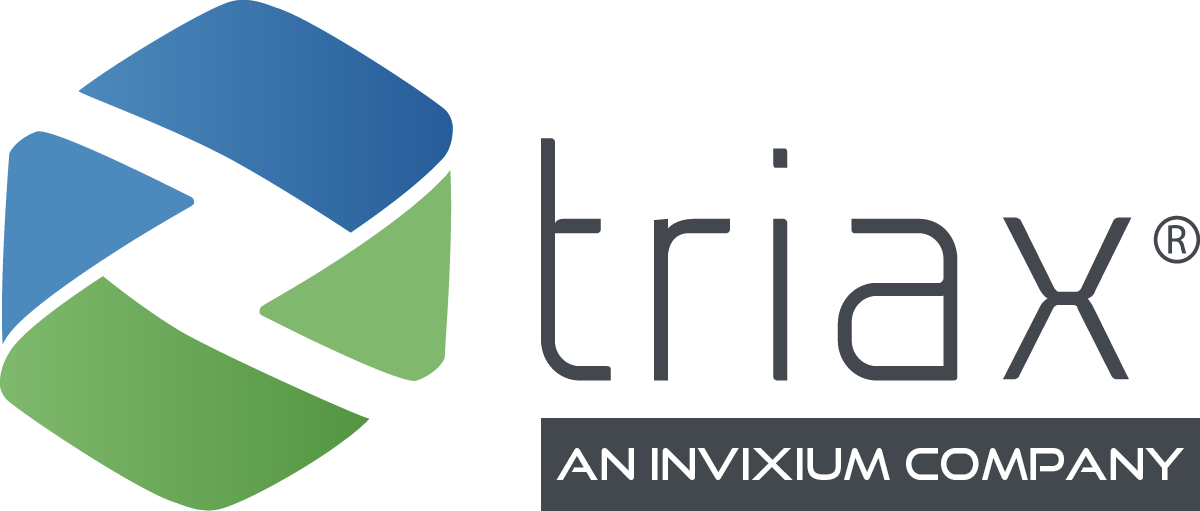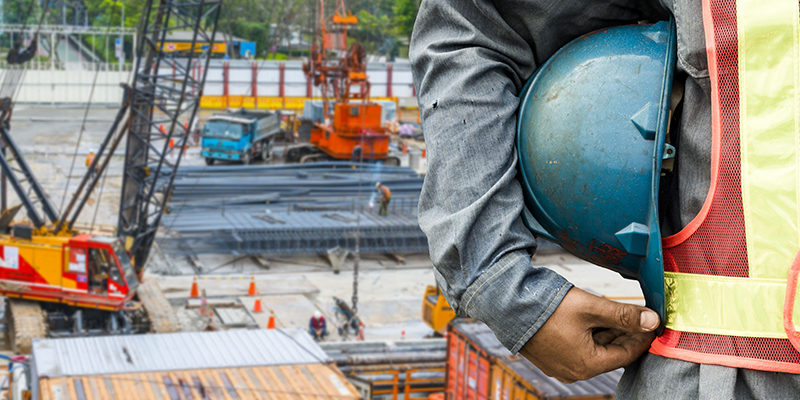Every owner and contractor is familiar with the insurance coverage and certificates needed for a construction project. In construction, coverage and policies can take many forms, such as builder’s risk insurance which protects the named insured from certain named perils while the building is being constructed (e.g. fire, lightning, vandalism) or general liability insurance which protects against bodily injuries or property damage. Perhaps the most well known, however, is workers’ compensation insurance, which provides wage replacement and medical benefits to employees injured on the job.
Workers’ compensation is a no-fault system, meaning benefits are provided without needing to determine who was at fault in the situation. It was designed to protect both workers and employees and streamline the benefits process so an injured worker can receive wage or medical benefits while recovering from an injury.
What is an EMR?
An EMR or experience modification rating (also called a MOD rating or factor) is used to price workers’ compensation insurance premiums. Think of it like your credit score or car driving history, where third parties consider your history as an indication of future risk. In construction, insurance companies use an organization’s EMR to gauge the past cost of injuries and future chances of risk.
The average EMR, or the point at which your company is said to be no more or no less risky than another, is 1.0. If your EMR dips below 1.0, your company is considered safer than most, which translates to lower premiums. For contractors, an EMR score can be critical, as some owners have EMR standards or pre-qualification processes for their projects and will only work with contractors with an EMR below 1.0 or some other “safe” threshold. On the other hand, if your EMR climbs above 1.0, your company is considered riskier than most, and you may be prevented from bidding on projects or have difficulty securing skilled labor. An EMR of 1.2, for example, can mean that your insurance premiums could be up to 20% higher than a company with an EMR of 1.0, and that 20% difference must be passed on to clients in the form of increase bid prices.
Determining your EMR
Your EMR is based on actual insurance and workers’ compensation claims that have been reported to the National Council on Compensation Insurance (NCCI) over the course of the last five years, although the agency only uses claims information from three years prior. If your policy renews on January 1, 2019, for example, then the calculating agency will look at claims from 2015, 2016, and 2017. In addition, each individual claim is analyzed using a highly detailed EMR worksheet that weighs factors including type of incident and monetary value of claims paid out.
Some other modifiers that can affect your EMR include the size of your payroll, which can translate to a higher EMR for smaller contractors simply because of the size of their workforce.
Boosting Your EMR
Contractors have options for improving (i.e. reducing) their EMR and reducing their premiums, starting with effective safety training, risk and hazard identification, and on-going safety discussions. No injuries equals no claims. The rise of safety technologies is also helping contractors stay ahead of the curve by providing standard, digital information on incidents on a jobsite.
Here are some things to keep in mind:
- Meet with workers regularly to discuss jobsite safety. It’s essential that your organization does not get complacent when it comes to safety. A near-miss, for example, does not mean that your organization has effective safety practices that prevented an incident from occurring but rather that you were lucky. Each close call is an opportunity to take stock, gather your project crews, and develop more tailored safety programs. Implement stretch-and-flex “huddles” on the jobsite each morning and use that time as an opportunity to reinforce key safety messages and practices.
- Adopting safety technologies at the jobsite. Solutions like Spot-r were designed with safety and risk management in mind. By notifying designated personnel to safety incidents as they occur, contractors can improve injury response time and reduce the risk of compounding injuries. In addition, the Spot-r EvacTag helps reduce evacuation drill time by up to 72% with a 100-decibel, flashing light alarm that overcomes language barriers. By strengthening existing evacuation procedures, contractors can minimize the risks – and potential claims – that can arise in an emergency situation.
- Develop return-to-work programs that help workers recover and return to the jobsite. A return-to-work program allows injured, sick, or disabled workers to return to their jobs as soon as they are released by their physicians. These programs are company- and job-specific, and they often entail modification of a worker’s original job duties to keep him or her working until he or she can return to the original job. These programs help construction companies save money by reducing the cost of disability claims and cutting out the training time and costs associated with hiring new employees. When employees can return to their original wages more quickly, they no longer rely on their disability payments. What’s more, workers who remain on the job – even in different positions to accommodate their needs – keep their skills up-to-date.
It’s important to know how workers’ compensation insurance works and how your EMR is determined, as it can crucially affect who wants to work with – or for – you and whether you’re allowed to bid on a project. As IoT-enabled solutions become widespread at the jobsite, it’s important to learn the new tools available to improve risk management, lower injury frequency and severity and ultimately lower your EMR and insurance premiums. Knowledge is power, so use data – and all the tools at your disposal – to improve and refine your safety practices and keep your workers as safe as possible.
Transforming Worksite Safety and Productivity with Triax Technologies
Triax provides hard-to-capture productivity data and delivers it in an actionable format to empower better business decisions. Contact us today or request a free demo to gain access to unparalleled visibility into your worksite labor analytics.

